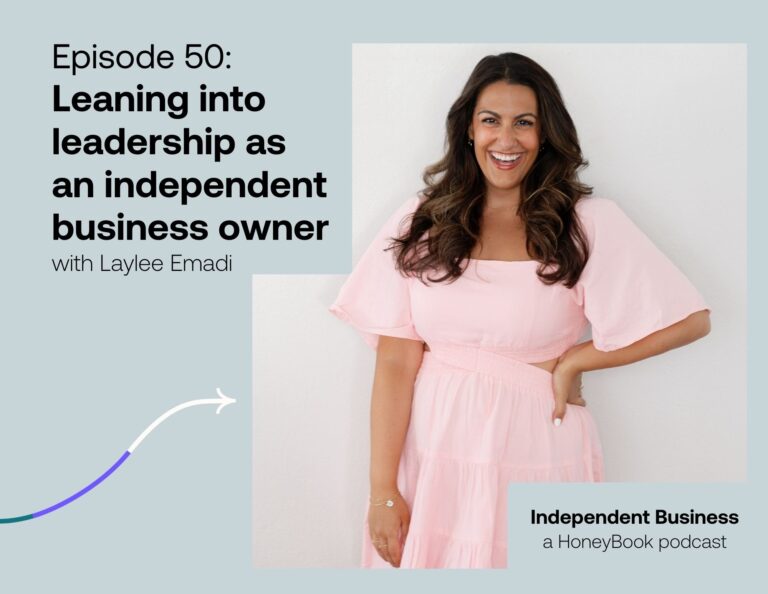For small business owners who can’t afford professional branding, the best thing to do is to keep your branding simple. When choosing a color palette you can keep it simple by limiting it to no more than four colors. A well-developed color palette might have more than that, but for non-designers that can be overwhelming. The more colors you introduce, the more potential there is for them to clash, and the harder it is to implement them consistently. As a small business owner, you already have enough to stress about and your color palette shouldn’t be one of them. This article will walk you through the process of choosing a color palette for the branding of your small business.

Know Your Audience
A successful color palette must appeal to your ideal audience. Before choosing colors it’s necessary to do a little research.To understand your dream clients’ preferences look at other companies they like. Find this out by asking them directly or seeing what businesses they follow on social media. Then answer the following questions.
- What other companies does your ideal audience like?
- How would you describe the color palettes that those companies use? (bright, neutral, earthy)
- Are there specific colors that reoccur among the branding of those companies?
Know Your Competition
Next it’s important to familiarize yourself with the competition. Look at the branding of your competitors and see what colors they’re using. This will provide insight into what colors you should avoid. It’s important to create a memorable brand that sets you apart from your competition. Answer the following questions to help you do so.
- Who are your direct competitors?
- What types of color palettes are they using? (feminine, bold, playful)
- Are there specific colors that reoccur among your competitors?
Find Inspiration
Now that you know what types of colors appeal to your ideal audience and which ones are used by your competitors, it’s time to gather inspiration. Creating a Pinterest board is helpful for this purpose. Once you have your board of inspiration, look for common color palettes that begin to emerge. Answer the following questions to gain some insight into which colors are most appropriate for your brand.
- What terms do you envision describing your brand style? (classic, modern, fun)
- What colors do you associate with those adjectives?
Here are some helpful color associations.
- Red – bold, active, passionate
- Pink – feminine, romantic
- Orange – enthusiastic, playful, fun
- Yellow – happy, warm, cheerful
- Green – eco-friendly, fresh
- Blue – calming, trustworthy, peaceful
- Purple – royal, creative
- Black – classic, sophisticated, formal
- Brown – stable, earthy, rugged
This list is just a start of course. There are also negative color associations, which you’ll want to consider. It’s also important to know that colors have different associations in different cultures. The list above is based on western culture.
Although it’s a good start, this brief list oversimplifies matters, since hue, value, and shade will greatly affect the association of each color. So, let’s discus that next.
Hue, Value, & Saturation
Hue is essentially a pure color, without white or black added to it.Value is how light or dark a color is. When black is added to a hue, it’s referred to as a shade.When white is added, it’s referred to as a tint.



Now that you have that information under your belt let’s expand the color associations.
- Neutrals (low saturation) – minimal, serious, classy, simple
- Jewel tones (high saturation) – elegant, rich, daring
- Pastels (tints) – soft, feminine, childish
- Dark tones (shades) – moody, serious, sophisticated
Choose Your Color Palette
You now have enough inspiration and understanding of color theory to choose your color palette. Keep the following guidelines in mind as you do so.
- Consider using some of the colors from the companies that your ideal client likes.
- Try to stay away from the colors of your competitors.
- Include different values in your palette. Be sure to include a color that is dark enough for text.
- Include a neutral color or two. It can be useful to have both a light and dark neutral.
- Follow your gut! This might not be the most practical advice, but I find that most clients already have an idea of the colors they’d like to use. As long as they will appeal to the right audience and set you apart from the competition, then go for it!
Once you’ve determined your color palette, make sure to use it on all of your branded material and don’t use any other colors. This will create consistency in your brand and make it memorable to potential customers.



